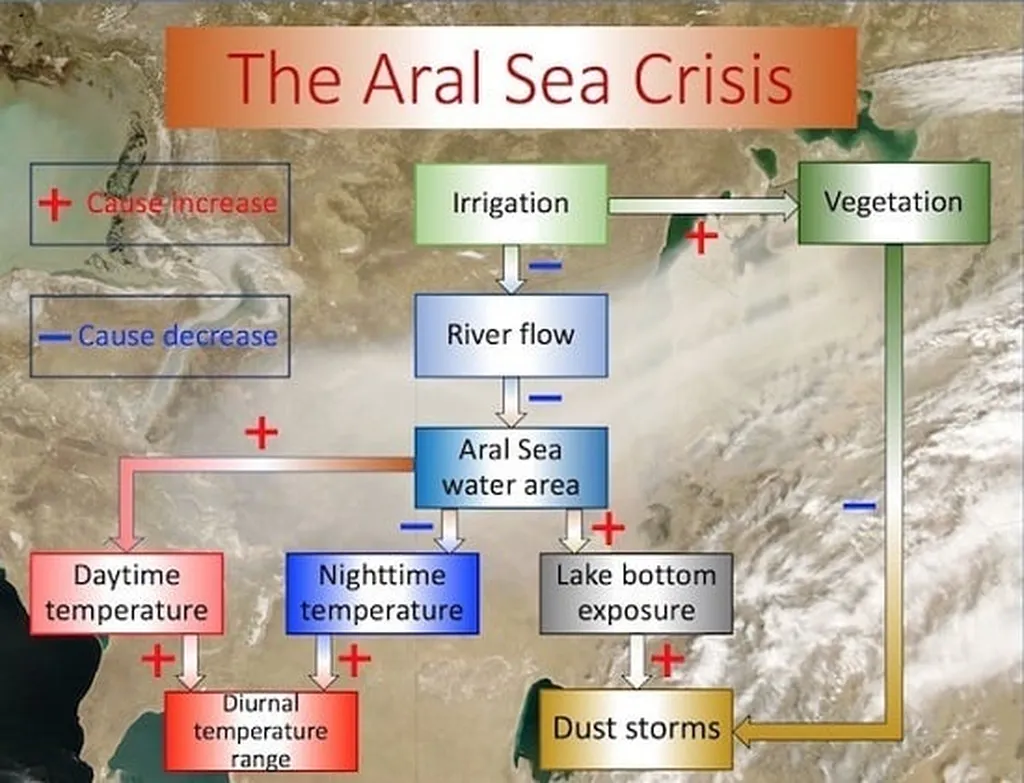In the rugged terrain of the Northwest Himalayas, a groundbreaking study is shedding light on how different land use systems impact soil hydrological properties, with significant implications for the energy sector and sustainable land management. Led by Deepak Singh from the ICAR-Indian Institute of Soil and Water Conservation, the research, published in the journal *Scientific Reports* (which translates to *Nature Research Reports* in English), delves into the intricate relationship between vegetation, soil structure, and water dynamics.
The study, conducted in the Semalta watershed, examined four distinct land use types: agriculture, barren land, deodar forest, and oak forest. Soil samples were collected at two depths—0–15 cm and 15–30 cm—to assess key parameters such as saturated water-holding capacity (SWHC), field capacity (FC), total porosity (TP), and saturated hydraulic conductivity (Ks). Using mini-disk infiltrometers and standard laboratory techniques, the team measured these properties to understand their variation across different land uses.
The results were striking. Forested lands, particularly deodar and oak forests, exhibited superior soil structure and water dynamics. “The porosity in deodar and oak soils was significantly higher than in agricultural and barren lands,” noted Singh. “This translates to better water infiltration and retention, which are critical for maintaining soil health and supporting vegetation.”
The study also highlighted the dominant influence of aggregate stability, bulk density, and soil organic carbon on hydrological responses. Using statistical analyses such as redundancy analysis (RDA), variance partitioning analysis (VPA), and multiple linear regression (MLR), the researchers developed predictive models that achieved adjusted R² values above 0.90. These models can be instrumental in predicting soil-water dynamics, aiding in land use planning and sustainable watershed management.
For the energy sector, these findings are particularly relevant. Understanding soil hydrological properties can inform the development of renewable energy projects, such as hydropower, which rely on consistent water flow. “By maintaining and enhancing soil health through appropriate land use practices, we can ensure a more sustainable and resilient water supply for energy generation,” explained Singh.
The research also underscores the importance of vegetation in maintaining soil hydraulic function. As the world grapples with climate change and land degradation, these insights provide a framework for developing strategies that balance economic development with environmental sustainability.
Looking ahead, this study paves the way for further research into the impacts of land use changes on soil hydrology. It also highlights the need for integrated approaches that consider both ecological and economic factors. As Singh concluded, “Our findings provide a foundation for future studies and practical applications in land management and watershed conservation.”
In an era where sustainable practices are more critical than ever, this research offers valuable insights that could shape the future of land use planning and energy development in the Northwest Himalayas and beyond.

